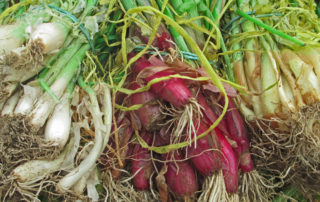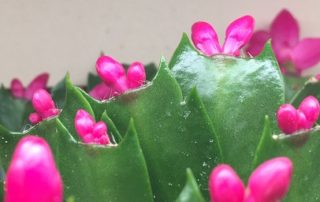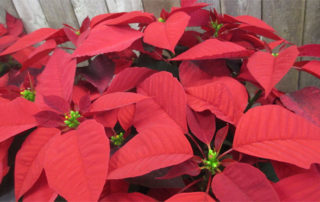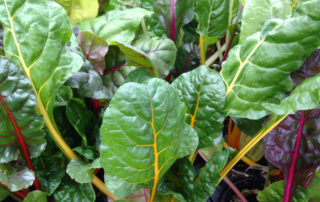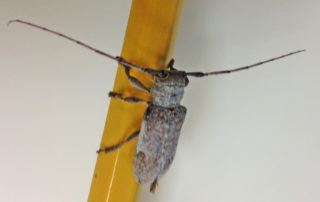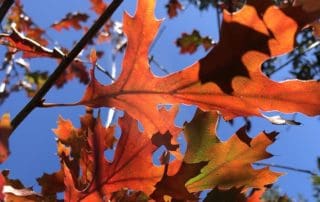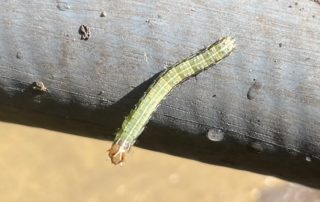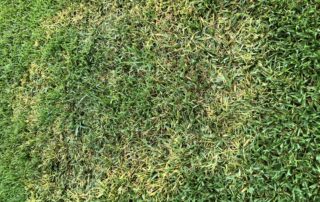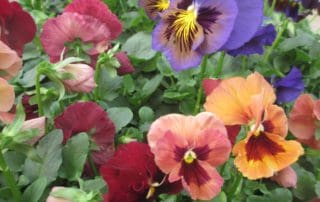Camellias in Central Texas
Central Texas has very few plants which bloom in the winter. Azaleas bloom spring and fall, with some new varieties blooming all summer. Loropetalum blooms in February, as does Texas Scarlet Flowering Quince and Texas Redbud. But what about winter bloomers? Types of Camellias Camellias come to us from eastern and southern Asia. The ornamental Camellias which do well in our area are Japanese Camellia (Camellia japonica) and Sasanqua Camellia (Camellia sasanqua). One species, Camellia sinensis, is the plant from which our tea leaves come. [...]


